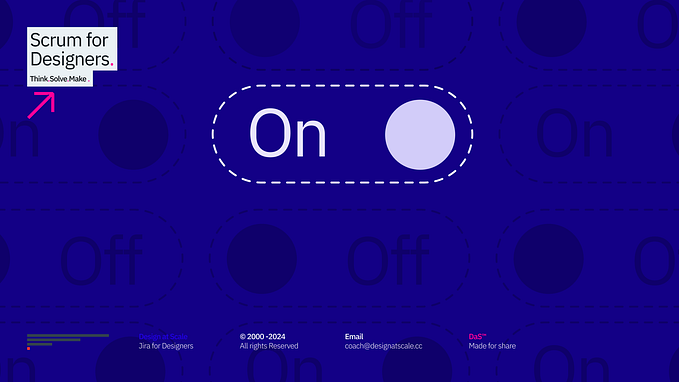Member-only story
Every design is a system
The mark of a great designer is their awareness of system thinking.

When I encounter inexperienced designers, there’s one thing that always sticks out about the way they think. Or more specifically, the way they don’t think.
They don’t think of every design project as a design system. They don’t appreciate the interconnectedness of their design decisions. They solve design problems in isolation, not as a whole.
In short, noob designers lack system thinking, and it holds them back from thriving in the big and meaningful projects they dream of. This worries me because skills and tools can be taught, but new modes of thinking are difficult to adopt. There’s a lack of system thinking in our modern design education.
What is system thinking?
According to Wikipedia:
Systems thinking is the ability or skill to perform problem-solving in complex systems. In application, it has been defined as both a skill and an awareness. A system is an entity with interrelated and interdependent parts; it is defined by its boundaries and is more than the sum of its parts. Changing one part of the system affects other parts and the whole system, with predictable patterns of behaviour.
System thinking can be about the universe, our planet, a local community, an organisation, or the ecosystem of a household — anything that has groups of interrelated parts that interact to form a greater whole.
Systemsthinker.com describes the awareness and process of system thinking like this — Systems thinking replaces Design Thinking’s reductionism (the belief that everything can be reduced to individual parts) with:
- Expansionism (the belief that a system is always a sub-system of some larger system)
- Analysis (gaining knowledge of the system by understanding its parts)
- Synthesis (explaining its role in the larger system of which it is a part)
In UX/UI design, system thinking doesn’t always equate to creating a design system, although pattern libraries and design systems are frequent artefacts of large-scale system thinking applied to a digital design process.








